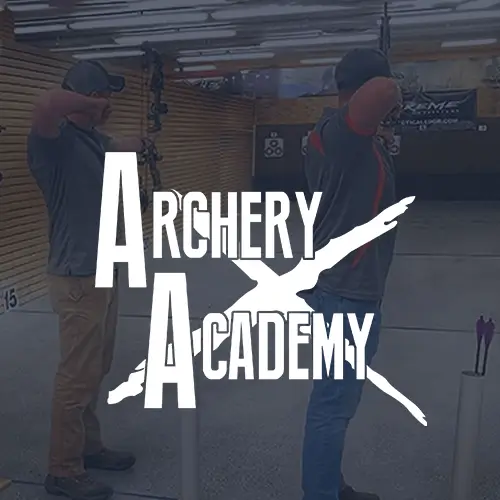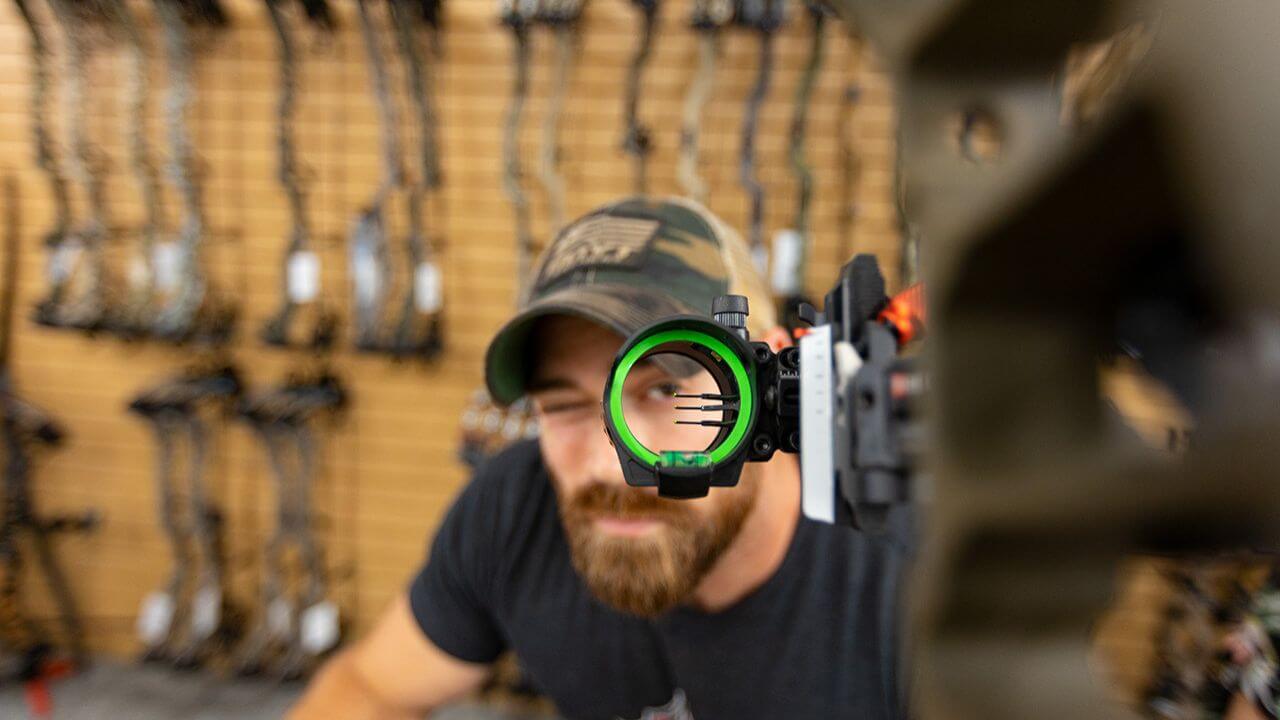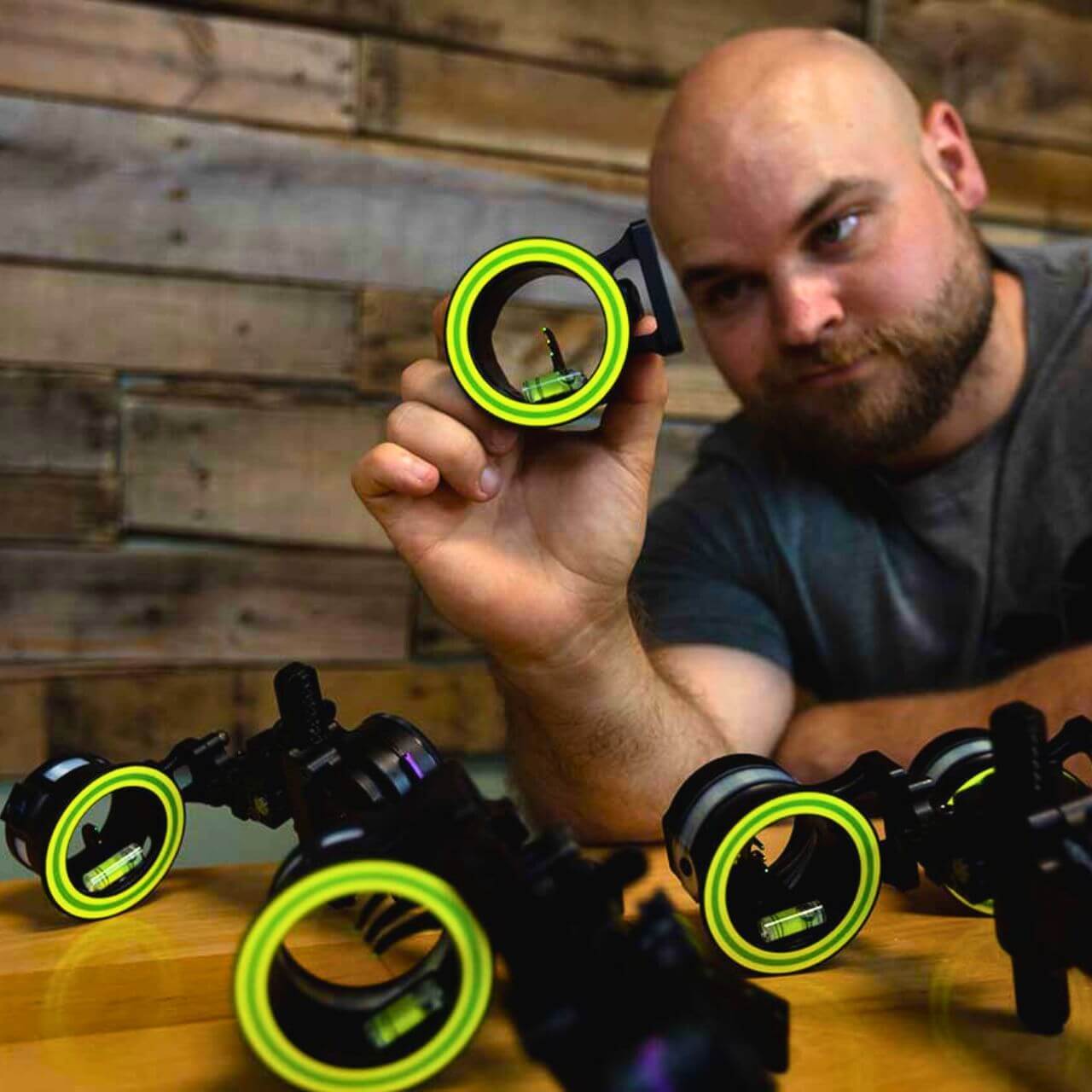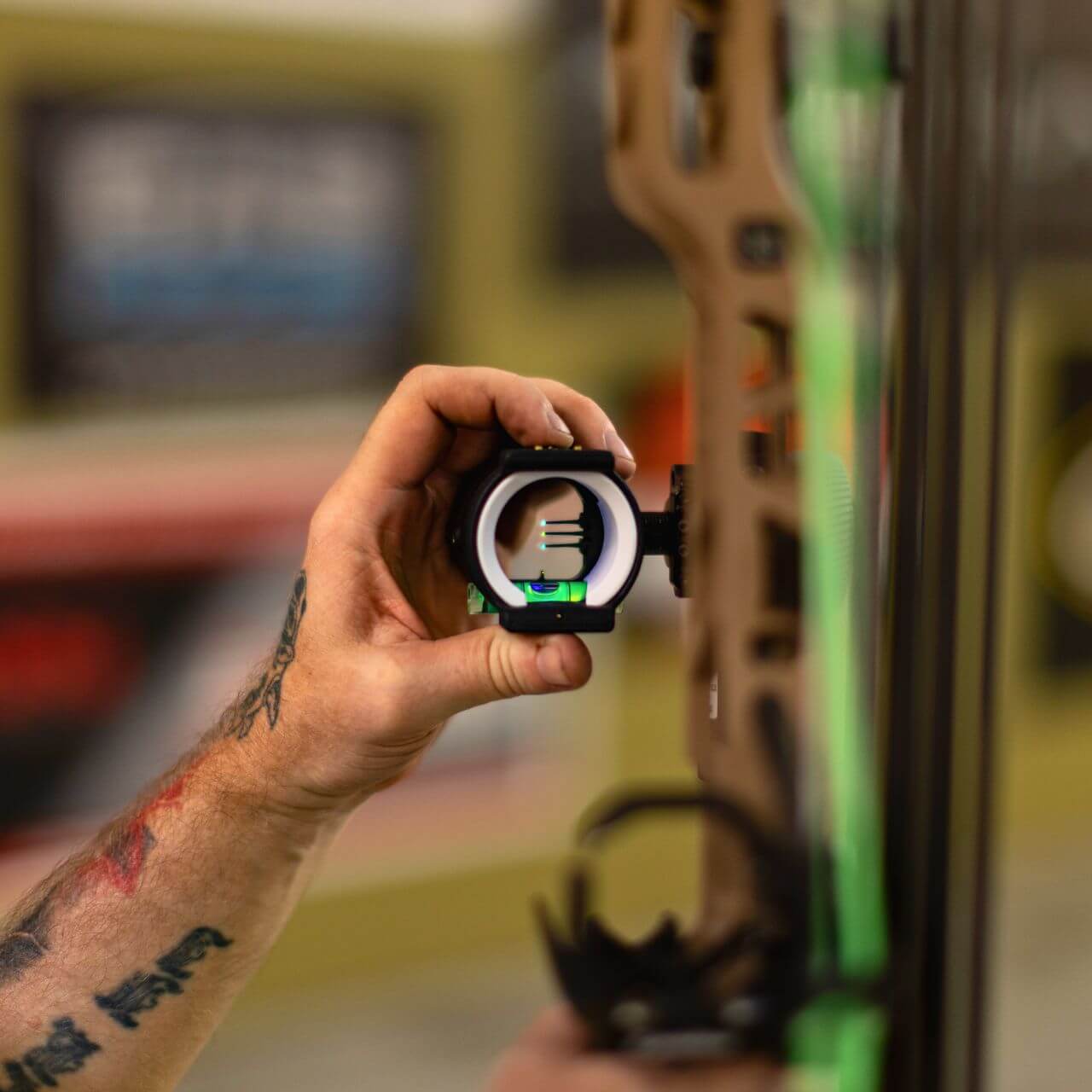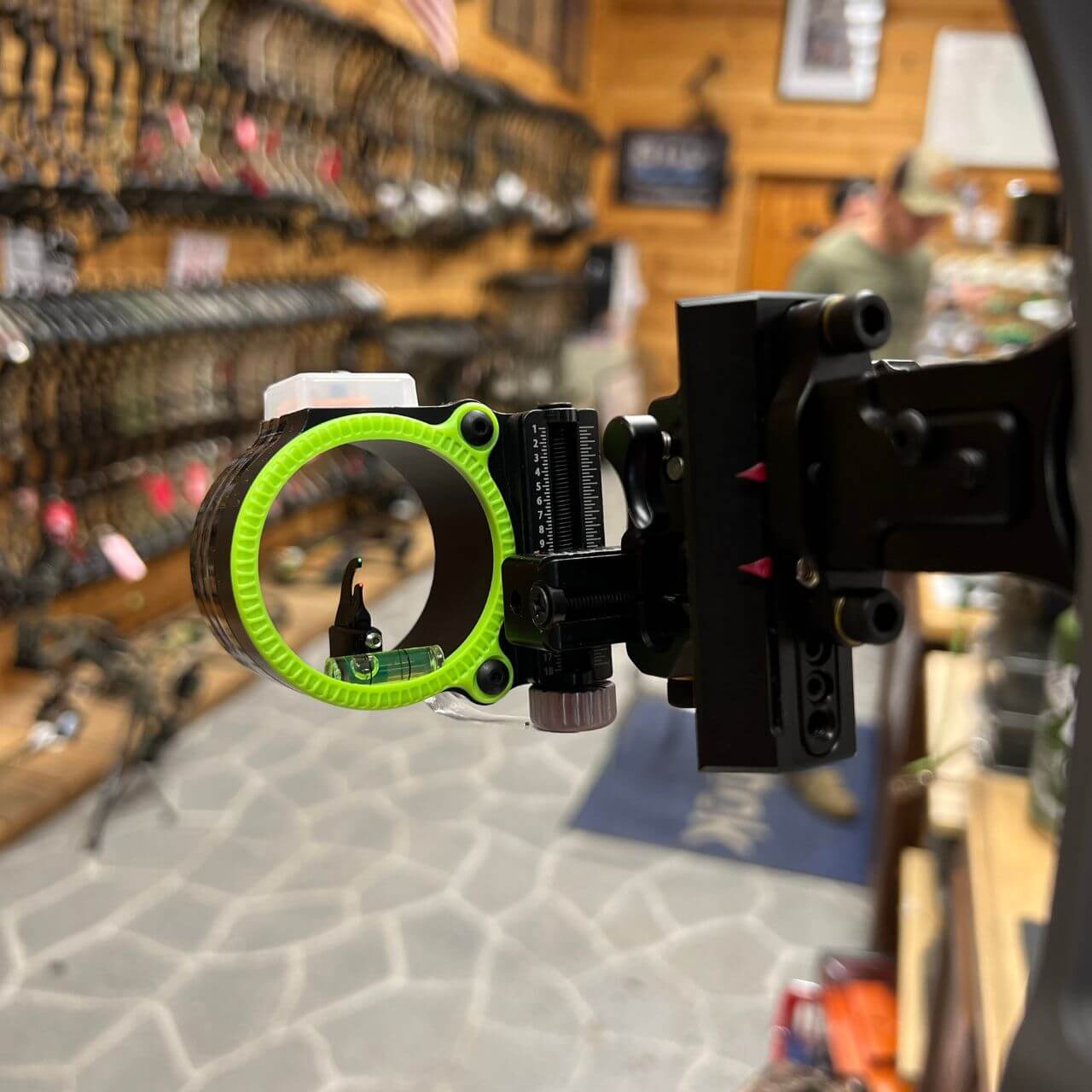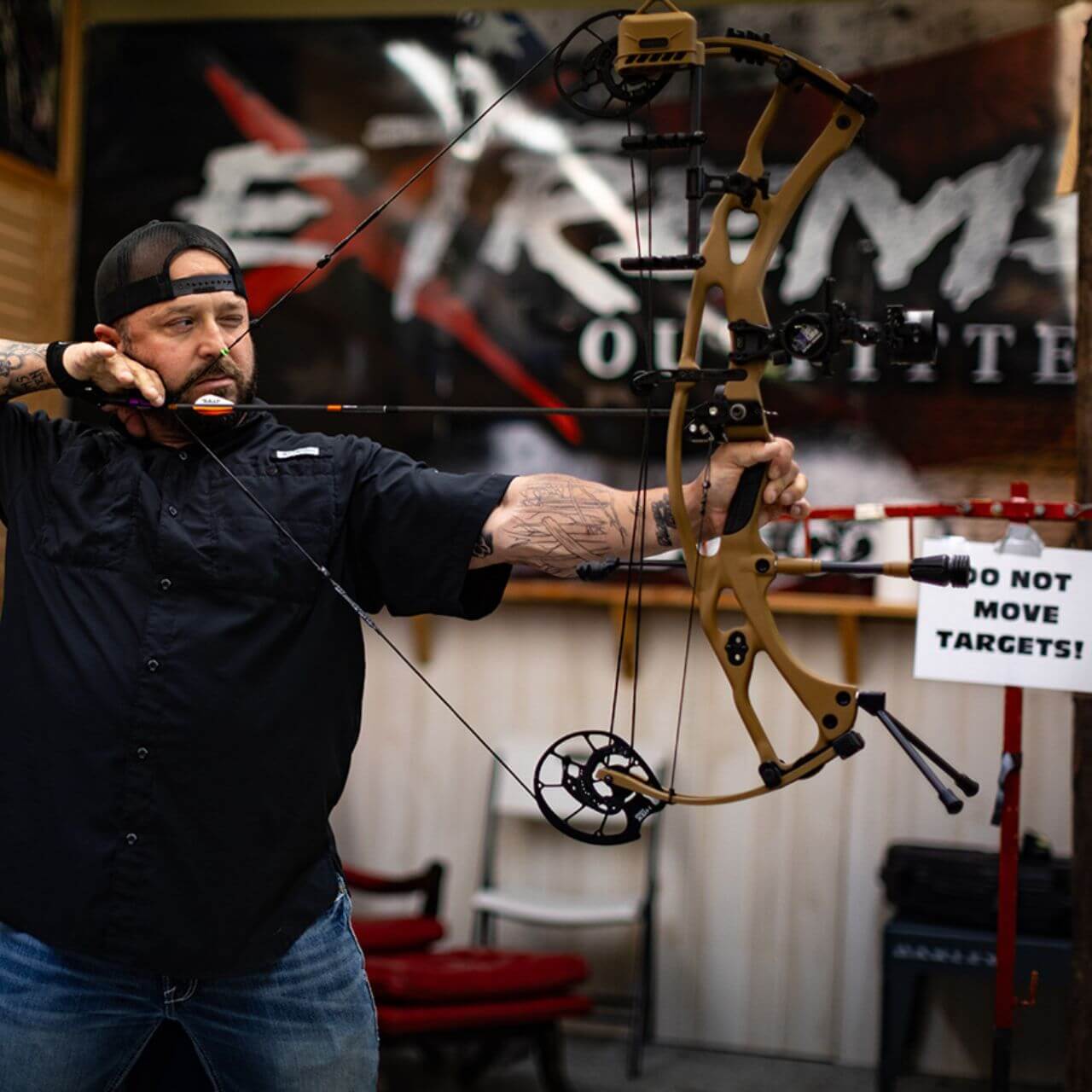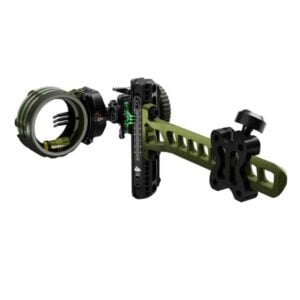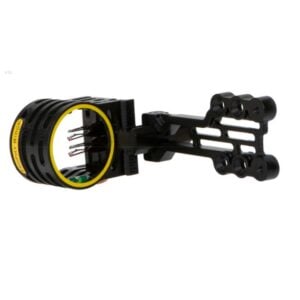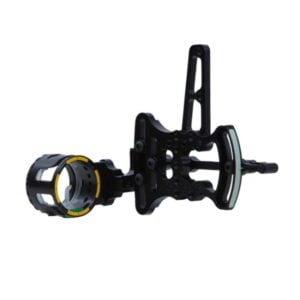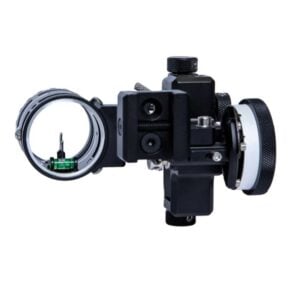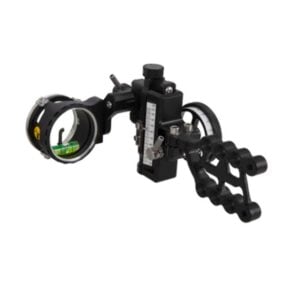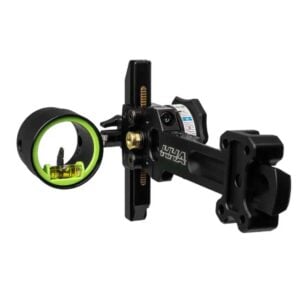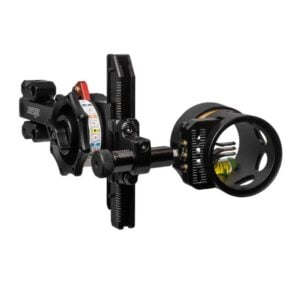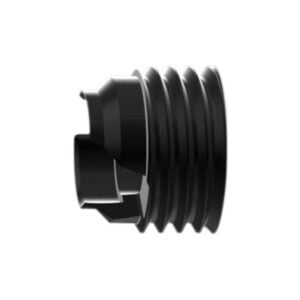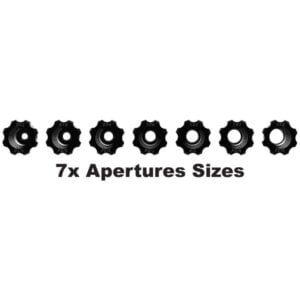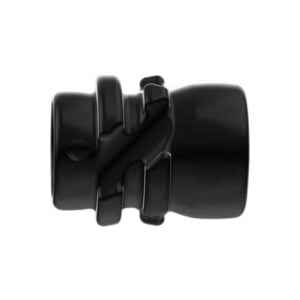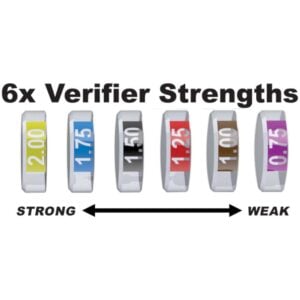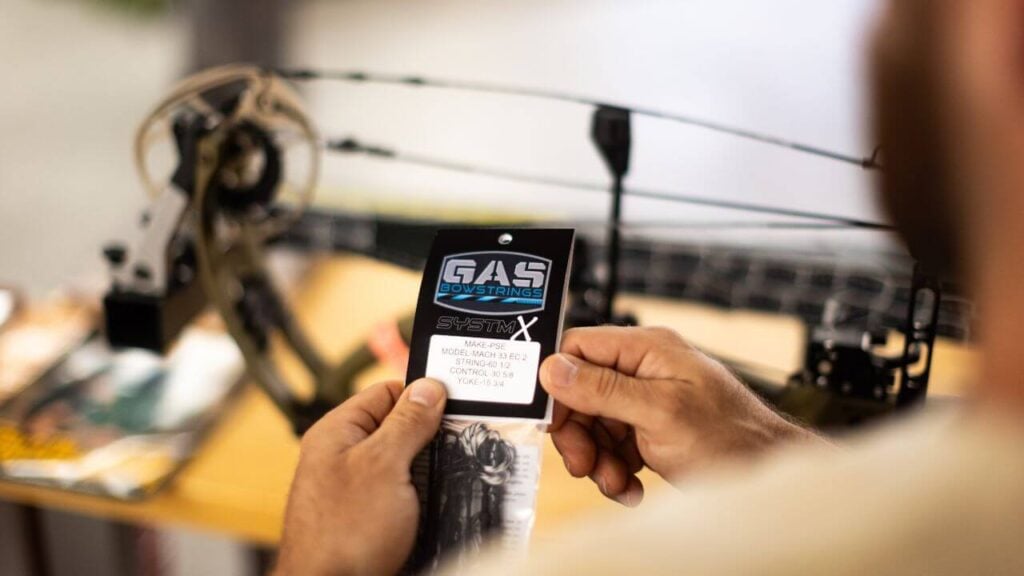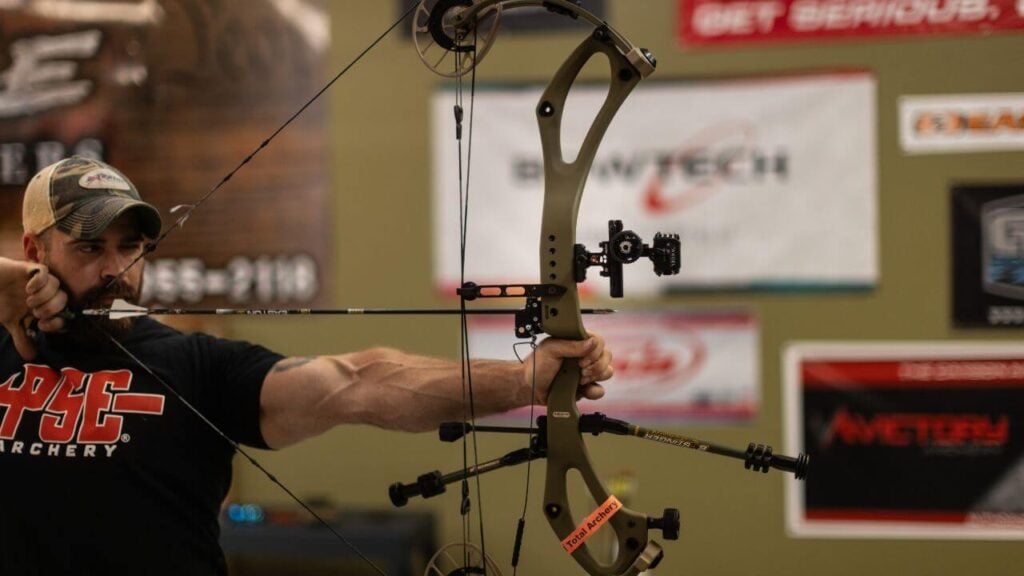Choosing the right bow sight is a critical step for anyone starting in archery, as the sight impacts accuracy, consistency, and overall shooting experience. With the right bow sight, beginners can develop strong fundamentals that contribute to more precise shooting, improved confidence, and better performance whether on the range or in the field. This guide will walk you through the different types of bow sights, mounting options, key features, and considerations to help you make an informed decision.
Why a Good Bow Sight Matters
A well-chosen bow sight is essential for accuracy. It serves as a visual reference that aligns your bow with the target, allowing you to focus on precision without relying solely on instinct. For beginners, a reliable sight helps build fundamental skills by promoting consistent aiming habits. A good bow sight isn’t just for hitting targets—it also builds muscle memory, helping you improve over time and making every shot more consistent.
Key Takeaway
Choosing the right bow sight is essential for archery accuracy and can greatly impact a beginner’s confidence and skill development. Key features to consider include mounting options, pin size and number, fiber optics, and axis adjustments, all of which enhance visibility, comfort, and accuracy.
Types of Bow Sights
Bow sights come in various designs to cater to different archery styles, skill levels, and personal preferences. Here are the most common types:
Fixed Pin vs Dial Sights
- Fixed Pin Sights: These sights have multiple pins set at predetermined distances, such as 20, 30, and 40 yards. Fixed pin sights are popular with hunters due to their simplicity and reliability. You don’t have to adjust the sight before each shot, which can be beneficial in high-pressure or fast-paced situations.
- Dial Sights: With dial sights, you adjust a single pin or a multi-pin array by rotating a dial to the yardage needed. This design can be helpful for more advanced archers who want the flexibility to shoot at varied distances without preset pins.
Mounting Options: Dovetail vs. Picatinny vs. Direct Mount
When choosing a bow sight, you’ll also need to consider mounting options. The two main types are dovetail and direct mount.
- Dovetail Mount: A dovetail mount allows you to slide the sight closer or further from the bow. This added flexibility can improve your alignment and enhance sight stability, especially when used with a peep sight. You can also quickly remove a dovetail-mounted sight if necessary.
- Picatinny Mount: A picatinny mount attaches to the front of the bow’s riser utilizing the picatinny mounting block. This keeps the sight mounted directly inline with the riser reducing weight on the side of the bow. You need to make sure your bow has this mounting block before you decide to go this route.
- Direct Mount: Direct mounts attach directly to the riser, offering a simpler, more compact design with fewer moving parts. They are easy to install and maintain, making them a solid choice for beginners who prefer a no-fuss setup.
Pin Configurations: Single Pin vs. Multi-Pin
Whether to choose a single pin or multi-pin sight depends on your shooting needs:
- Single Pin Sights: With only one pin, single pin sights offer a clean sight picture that can reduce distractions. However, they require you to adjust the sight for each distance, which could be challenging during hunting when animals are likely to move. These are ideal for archers who want precision and don’t mind the extra effort to adjust.
- Multi-Pin Sights: Multi-pin sights are typically set with pins for different distances, making them well-suited for hunting where rapid adjustment isn’t always possible. A three- or five-pin sight is often recommended for beginners. The pins are usually spaced for 10-yard increments, giving you quick access to multiple ranges without adjustment.
Sight Pin Considerations
Once you know the type of sight you need, focus on sight pin features, which play a significant role in your comfort and visibility.
- Fiber Optics: Sights with bright fiber optic pins are easier to see, particularly in low-light settings. Fiber optics capture light and make pins more visible, allowing you to focus on the target without straining.
- Pin Size: Smaller pins, such as .010 or .019 inches, provide a more precise aiming point. However, larger pins (such as .029 inches) are easier to see in low light. Beginners often do well with medium-sized pins (.019) as a balance between visibility and accuracy.
- Number of Pins: As a beginner, a 3- to 5-pin sight is usually sufficient. You can set these pins at common hunting ranges, such as 20, 30, and 40 yards. More pins can create a “crowded” sight picture, which may be distracting, so find the configuration that feels most comfortable to you.
Axis Adjustments
Not all bow sights are created equal. An important factor to consider is whether or not you’re your bow sight has the ability to level the axes. Bow sights with 2nd and 3rd axis adjustments offer better accuracy across various angles and terrains, which is especially useful for hunting in uneven environments. A 2nd-axis adjustment levels the sight horizontally, while the 3rd-axis adjustment ensures vertical accuracy when shooting at uphill or downhill angles.
Aligning Your Bow Sight with Your Skill Level
Your skill level and archery goals will also impact which bow sight is best for you. For instance:
- Beginner Archers: Start with a fixed pin sight. They’re user-friendly, require less adjustment, and help beginners learn the basics of sight alignment and aiming. A multi-pin sight with three or five pins is often ideal for entry-level archers.
- Intermediate Archers: As you gain experience, you may want to experiment with single pin or dial sights for more precise control over distance. These sights allow you to fine-tune each shot and can improve your skills as you advance.
- Advanced Archers: Experienced archers often use adjustable or dial sights with multiple pins or a single, highly customizable pin. The flexibility to adjust for varied distances gives experienced shooters the accuracy they need for challenging shots.
Price Range: Investing in a Quality Bow Sight
Bow sights come in a broad price range, from budget-friendly options under $50 to high-end models over $500. While price doesn’t always indicate quality, it’s worth investing in a reliable sight that will last and provide consistent accuracy.
Testing Before Buying
Whenever possible, try different bow sights to see which type feels comfortable and aligns with your shooting style. Many archery shops, like ours here at Extreme Outfitters, offer the ability to test product in store before buying. Trying out various sights gives you firsthand experience and helps ensure you’re making the right choice.
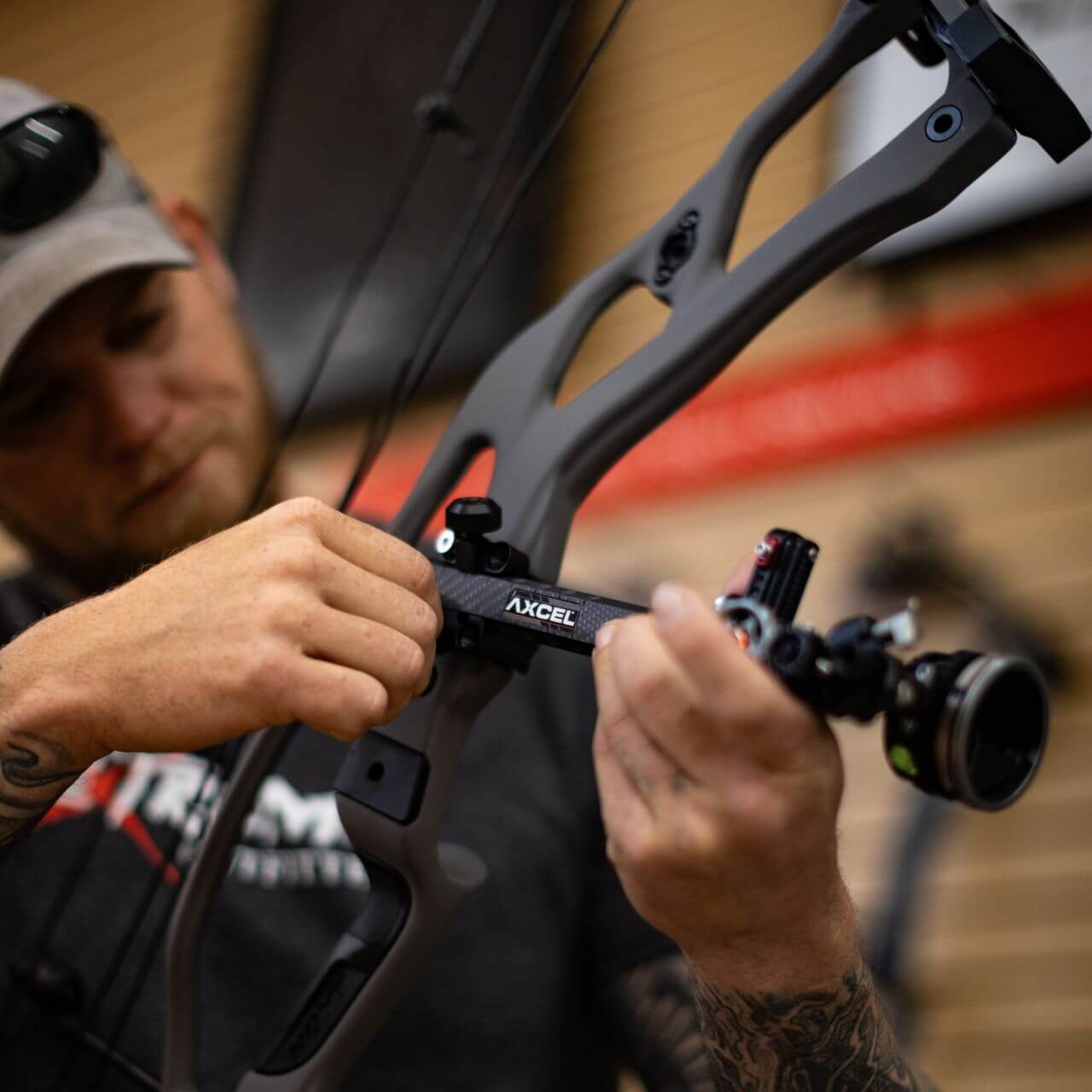
Proper Installation and Alignment
Once you’ve chosen your sight, it’s essential to install and align it correctly. Most bow sights come with instructions, but if you’re unsure, seek assistance from a local archery shop or experienced archer. A correctly installed sight will allow you to shoot with confidence and precision. One tip to remember when sighting in your bow is to “chase the arrow.” For instance, if your arrow is hitting high, move your sight pin up to match the arrow’s trajectory.
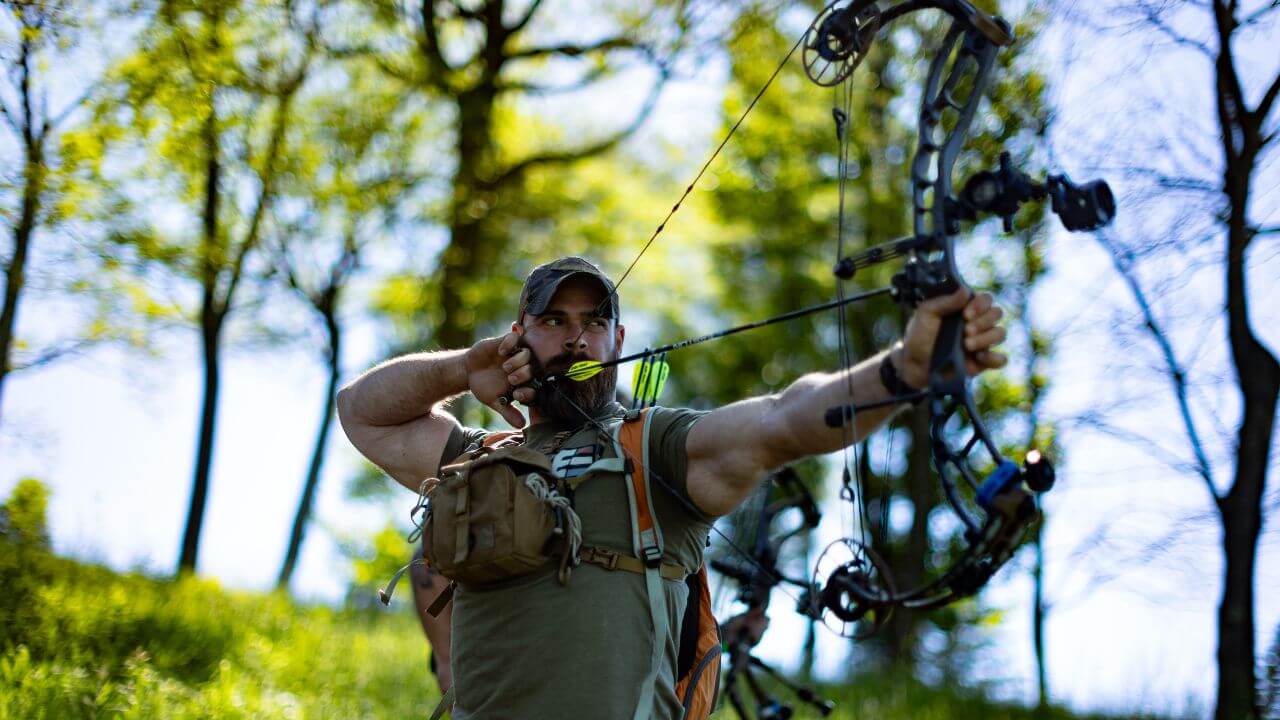
Final Thoughts
Choosing the right bow sight involves finding a balance between budget, functionality, comfort, and your personal shooting goals. Beginners typically start with fixed multi-pin sights to develop consistent aiming skills. As your proficiency grows, you can experiment with different types, such as single pin or dial sights, to refine your shooting style.
Whether you’re hunting, competing, or just practicing for fun, the right sight can elevate your accuracy and confidence. So, take your time, test various options, and find the bow sight that works best for you. Remember, archery is a journey, and with the right equipment, you’ll be well on your way to becoming a skilled archer.
-
- Select options This product has multiple variants. The options may be chosen on the product page
Rated 0 out of 5$524.99 -
Rated 0 out of 5$44.99
-
Rated 0 out of 5$119.99
-
- Select options This product has multiple variants. The options may be chosen on the product page
Rated 0 out of 5$229.99 -
- Select options This product has multiple variants. The options may be chosen on the product page
Rated 0 out of 5$219.99 -
- Select options This product has multiple variants. The options may be chosen on the product page
Rated 0 out of 5$479.99 -
- Select options This product has multiple variants. The options may be chosen on the product page
Rated 0 out of 5$399.99 -
Rated 0 out of 5$10.00
-
- Select options This product has multiple variants. The options may be chosen on the product page
Rated 0 out of 5$10.00 -
- Select options This product has multiple variants. The options may be chosen on the product page
Rated 0 out of 5$40.00 -
- Select options This product has multiple variants. The options may be chosen on the product page
Rated 0 out of 5$39.99 -
- Select options This product has multiple variants. The options may be chosen on the product page
Rated 0 out of 5$10.00

